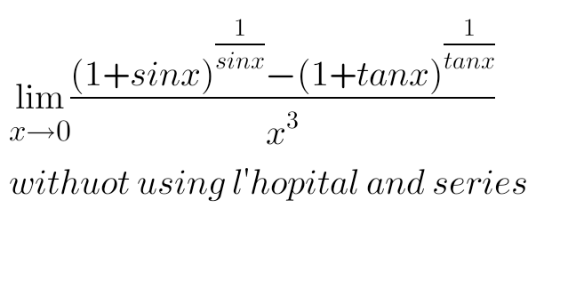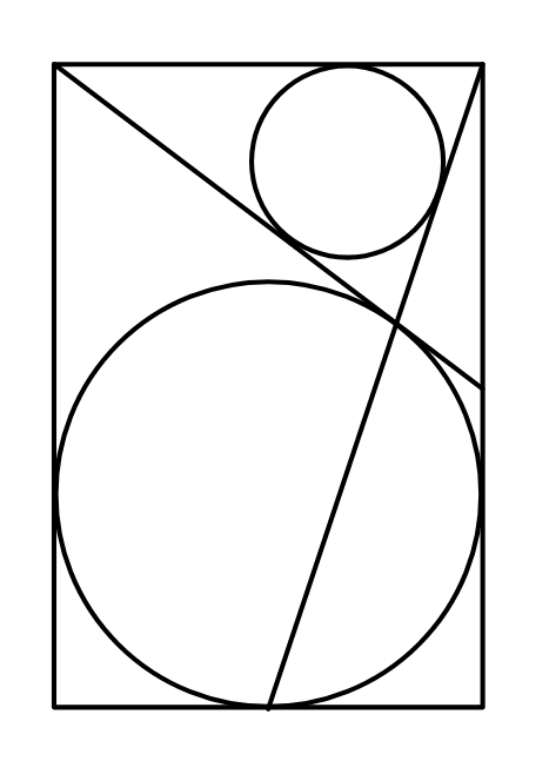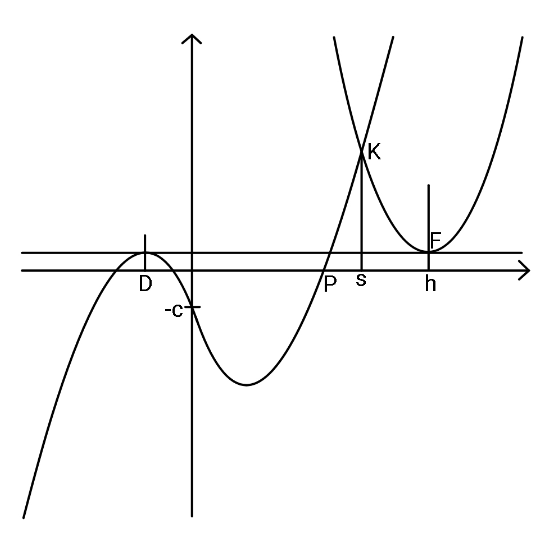
AlgebraQuestion and Answers: Page 232
Question Number 126165 Answers: 0 Comments: 1
Question Number 126161 Answers: 3 Comments: 0
Question Number 126109 Answers: 2 Comments: 0
Question Number 126105 Answers: 1 Comments: 1
Question Number 126104 Answers: 0 Comments: 1
Question Number 126030 Answers: 1 Comments: 0
$$\mathrm{2}^{\mathrm{x}} =\mathrm{4x} \\ $$$$\mathrm{solve}\:\mathrm{it}\:\mathrm{please} \\ $$
Question Number 125990 Answers: 0 Comments: 0

Question Number 125960 Answers: 2 Comments: 0
Question Number 125947 Answers: 0 Comments: 0

Question Number 125951 Answers: 0 Comments: 0

Question Number 125950 Answers: 1 Comments: 1

Question Number 125915 Answers: 1 Comments: 0
Question Number 125900 Answers: 0 Comments: 1

Question Number 125890 Answers: 0 Comments: 1
Question Number 125873 Answers: 1 Comments: 0

Question Number 125868 Answers: 1 Comments: 0

Question Number 125864 Answers: 1 Comments: 0
Question Number 125785 Answers: 1 Comments: 0
Question Number 125743 Answers: 0 Comments: 7
Question Number 125686 Answers: 0 Comments: 1
Question Number 125670 Answers: 1 Comments: 0
Question Number 125669 Answers: 1 Comments: 0
Question Number 125654 Answers: 1 Comments: 1

Question Number 125632 Answers: 1 Comments: 0

Question Number 125577 Answers: 1 Comments: 1

Question Number 125539 Answers: 2 Comments: 1

Pg 227 Pg 228 Pg 229 Pg 230 Pg 231 Pg 232 Pg 233 Pg 234 Pg 235 Pg 236
